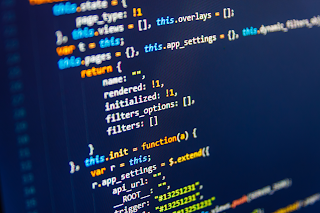Python Control Structures: Loops and Conditionals
Welcome to the second post in our series _Python. In this post, we will cover control structures in Python, including loops and conditionals.Control structures are a fundamental part of any programming language as they allow us to control the flow of our code. The control structures also will enable us to make decisions and repeat actions based on certain conditions.
Python has several built-in control structures, including:
- if-elif-else statements
- for loops
- while loops
If-Elif-Else Statements
In Python, you use if-elif-else statements to make decisions based on certain conditions. The basic syntax, or the arrangement of words, of an if-elif-else statement is as follows:if condition:# code to execute if the condition is Trueelif condition:# code to execute if the condition is Trueelse:# code to execute if neither condition is True
For example, the following code checks if a variable "x" is greater than zero, and if so, prints "x is positive":
x = 5if x > 0:print("x is positive")else:print("x is not positive")
For Loops
Python's for loop is used to iterate over a sequence of items, such as a list or string. The basic structure, or syntax, of a for loop is as follows:for variable in sequence:# code to execute for each item in the sequence
For example, the following code iterates over a list of numbers and prints each number:
numbers = [1, 2, 3, 4, 5]for number in numbers:print(number)
While Loops
You use Python's while loop to repeat a code block while a specific condition is True. The basic syntax of a while loop is as follows:while condition:# code to execute while the condition is True
For example, the following code prints the numbers 1 to 5:
x = 1while x <= 5:print(x)x += 1


Comments
Post a Comment